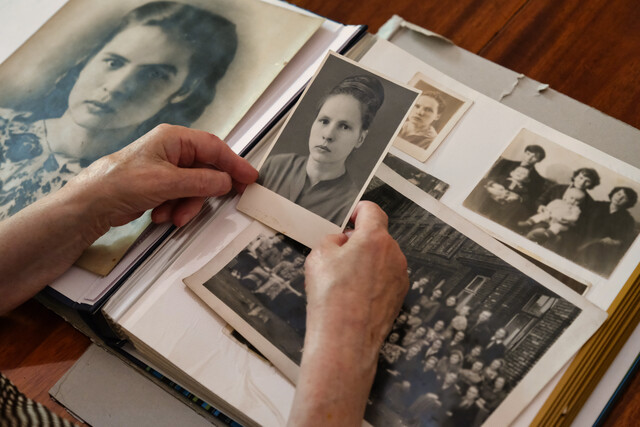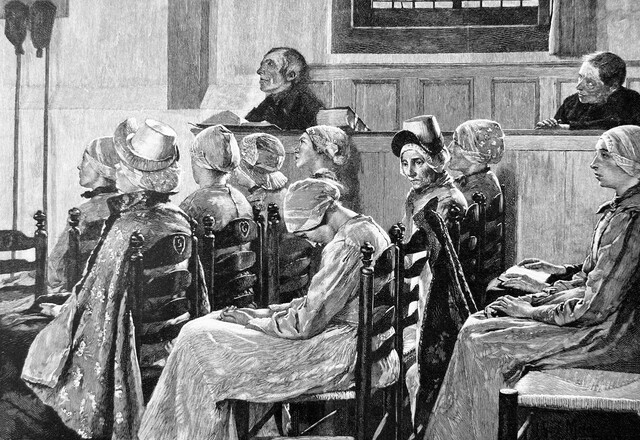American History Review
Explore the Past, Empower Your Future

13 Hours average completion time
1.3 CEUs
15 Lessons
16 Exams & Assignments
53 Discussions
16 Videos
15 Reference Files
125 Articles
Mobile Friendly
Last Updated November 2025
American History Review
Dive deep into the mesmerizing tapestry of American history with this comprehensive review course, which delves into the transformative events, influential personalities, and socio-cultural evolutions that have defined and continually shape the United States.
From the harmonious whispers of the indigenous peoples to the fervent calls for independence from colonial rulers, America's narrative is as vast as its landscapes. With a unique story borne out of diversity and unity, challenges and triumphs, the nation has matured from thirteen colonies to a federation of fifty states, further ascending to its eminent position on the global stage. This course aims to not only recount historical facts but also to inspire a profound appreciation for the resilience, innovation, and spirit that embodies the American journey.
Course Highlights:
-
Understand the roots of America's birth and its eventual metamorphosis into a dominant global player.
-
Navigate the nation's dynamic voyage through periods of internal and external conflicts and its pursuit of the cherished ideals of liberty, equality, and happiness.
-
Reflect upon the profound words of the Declaration of Independence from July 4, 1776, a monumental document that underscored the intrinsic rights and aspirations of its citizens.
Detailed Lesson Breakdown:
Lesson 1: Beginnings - 1600 Discover the early settlements, cultures, and societies that thrived on American soil. From indigenous civilizations to the first European explorers, embark on a voyage back in time.
Lesson 2: European Settlements 1600 - 1775 Examine the burgeoning colonies, their dynamics, and the European influence that permeated through socio-economic structures and geopolitical strategies.
Lesson 3: Forming a New Nation 1775-1800 Experience the fervor of the revolutionary era, the fight for freedom, and the foundational moments that birthed a new nation.
Lesson 4: The Establishment of the New Nation Delve into the initial years of the United States: the crafting of the Constitution, early governance, and the challenges of a fledgling democracy.
Lesson 5: The Nation Expands 1801 - 1850 Track the westward expansion, the concept of Manifest Destiny, and the social and economic transformations that came with territorial acquisitions.
Lesson 6: The Nation Divides 1850 - 1865 Confront the heart-wrenching period of the Civil War, understanding its roots, the key battles, and the long-lasting implications on the nation's psyche.
Lesson 7: Developing into a Modern Nation 1860 - 1920 Witness America's industrial revolution, urbanization, and the waves of immigration that added layers of complexity and richness to its national fabric.
Lesson 8: Establishing a World Presence Uncover America's initial forays into global diplomacy, wars, and the establishment of its international stature.
Lesson 9: The Nation in Turmoil 1920 - 1935 Navigate the Roaring Twenties, followed by the despair of the Great Depression, and the measures undertaken for economic recovery.
Lesson 10: Nation at War 1935-1945 Relive the harrowing years of World War II, America's involvement, and its pivotal role in shaping the post-war world order.
Lesson 11: The Aftermath 1945 - 1949 Survey the immediate post-war period, the onset of the Cold War, and America's evolving geopolitical strategies.
Lesson 12: National Identity Issues and Scandals 1950 - 1969 Dive into the era of the Civil Rights Movement, Vietnam War, and the societal upheavals that challenged traditional norms.
Lesson 13: The Rise of the Individual 1970-1993 Explore the cultural renaissance, the empowerment of individuals, and the changing facets of American society.
Lesson 14: A Time of Growing Suspicions and Fears 1994-2009 Understand the post-Cold War era, the challenges of terrorism, and the technological advancements that redefined lifestyles.
Lesson 15: American Lifestyle after WWII to Today Chronicle the modern American experience, the mosaic of cultures, technological innovations, and the nation's visions for the future.
With a blend of engaging assignments, insightful examinations, and an array of resources, this course promises a holistic learning experience. Chart the course of a nation, understand its heartbeats, and appreciate the collective and individual stories that have sewn the American tapestry. Welcome to a journey through time!
- Research skills in historical contexts
- Interpreting socioeconomic change over time
- Effective communication of historical concepts
- Analyzing global interactions and impacts
- Connecting past events to present scenarios
- Evaluating political developments critically
- Appreciation for diversity and resilience
- Critical thinking through historical analysis
- Understanding cultural and social evolution
-

Bible Stories: Explore Life Lessons and Adventures
-

Business Branding 101
-

World Religions
-

German Culture 101
-

Weight Training
-

Ancient Civilizations 101
-

Understanding Learning Styles
-

Aging and Long Term Care
-

The Power of Ecology: Shaping a Sustainable Future
-

GED Test Preparation
-

Genealogy
-

Memory and Concentration Techniques
-

Buddhism 101: The Principles of Awakened Living
-

Call Center Customer Service
-

How to Can, Freeze, Dry and Preserve Food
-

Introduction to Medical Billing
-

American Government
-

Salem Witch Trials
-

Greek Mythology